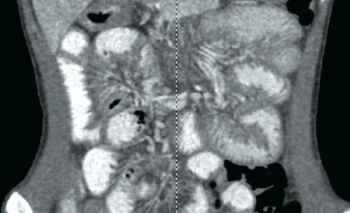
A 16-year-old male with a history of nephrotic syndrome and gastritis presents to the emergency department (ED) with worsening emesis, diarrhea, and abdominal pain of 3-weeks’ duration.

A 16-year-old male with a history of nephrotic syndrome and gastritis presents to the emergency department (ED) with worsening emesis, diarrhea, and abdominal pain of 3-weeks’ duration.

Joining a global telehealth program can profoundly change a child’s life-and yours!

If it's been a while since you confidently knew your genotypes from your phenotypes, here are 6 questions to test your genetic knowledge and see how you stack against your pediatric peers.
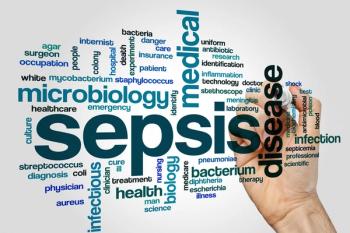
Adhering to a 1-hour plan for blood culture collection, and administering fluids and antibiotics, helped improve outcomes across New York hospitals in pediatric sepsis cases.
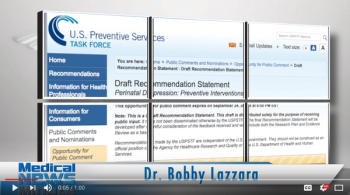
For Contemporary Pediatrics, Dr Bobby Lazzara discusses the draft statement from the US Preventive Services Task Force on the need to refer pregnant women at risk of perinatal depression to appropriate counseling.

Mental health is a critical component of pediatric overall health. Early recognition of subtle signs and symptoms of mental health problems followed by immediate treatment is an equally critical element to ensure the establishment of normal mental health throughout development.

Although digital media isn’t proven to cause attention-deficit/hyperactivity disorder (ADHD), researchers are now linking self-reported ADHD symptoms in some teenagers to heavy social media and other digital media use.

For teenagers’ developing minds and bodies, good food and activity choices are key to appropriate development. A new survey from the Centers for Disease Control and Prevention reveals trends that check how US teenagers are doing.


A new report highlights the fallout from a large-scale measles outbreak in New York City in 2013.

Food additives and chemicals in food containers and preparation have been linked to a host of health issues. Now, experts are urging pediatricians to talk to parents about reducing these exposures and to advocate for larger policy changes.

Pediatricians need to recognize symptoms of perinatal depression in new mothers, provide basic counseling and treatment, and refer for appropriate services when needed.
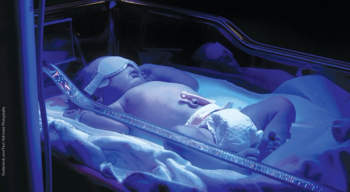
A landmark observational study is the first to report on the effect of ultraviolet-free blue light therapy on allergic skin disease in newborns.
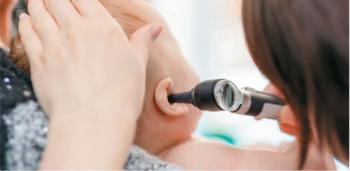
In my 40-plus years of pediatrics, I have sometimes treated patients based on the best of intentions, but with perhaps the worst of evidence. Here are some “best practices” I have used, and discarded, over time.

New research examined the potential role of Gram-negative skin bacteria in the pathogenesis and exacerbation of eczema, and their effectiveness to treat it.

Children with psoriasis may have higher rates of associated medical comorbidities. Newest recommendations say such kids should be screened for these risk factors.


Treatment of obstructive sleep apnea/nocturnal hypoxia with continuous positive airway pressure (CPAP) in children with nonalcoholic fatty liver disease (NAFLD) reduces the severity of liver injury and of oxidative stress.

The primary care physician needs to have in place appropriate strategies for evaluation of urologic issues and recommendations to parents who broach these topics.

Tailoring drug delivery modalities to the individual patient based on age, ability level, and preference can optimize control of pediatric asthma.

When teenaged athletes complain of lumbar back pain that worsens with activity, there should be a high index of suspicion for a spondylolysis.


Pediatricians are quite capable of caring for both the physical and mental health of patients. Here is how embedding mental health services into your practice and collaborating with community mental health professionals can accomplish both.

Indeed it does, according to a randomized trial conducted during a 3-year period in England and Wales in more than 1300 exclusively breastfed infants.

The mother of a healthy 4-week-old boy brings him to the office for evaluation of a small pit on the medial canthus of the left eye, noted since birth. There is constant drainage of tears onto the left side of his face and exudate on the bottom of the left medial canthus.

Kids deserve the best care when they are ill or injured, and the best care should come from seeing the pediatrician in the medical home.
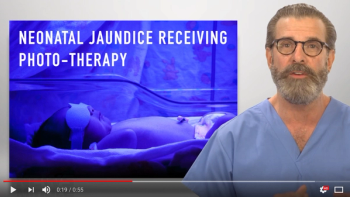
For Contemporary Pediatrics, Dr Bobby Lazzara discusses a study published in Neonatology, which studied 100,000 children via an insurance database to examine the impact of phototherapy on preventing atopic dermatitis.

For children living below the federal poverty level, public insurance programs are a lifeline to crucial healthcare services. If eligibility requirements change, however, thousands of children could be left without healthcare-a move that could result in billions of dollars’ worth of uncompensated care for hospitals each year.

Drs. Bass and Valasek’s article in the August 2018 issue of Contemporary Pediatrics titled “Sports-related concussion: When it’s OK to return to play” provides a comprehensive review of sports-related concussions (SRC).

A new study reveals that while more teenagers are becoming overweight or obese, fewer are trying to lose weight, although it’s not entirely true which of these trends is more causative.